Soleful Sports in the Community
CEO Commentary Piece for our March 2025 Newsletter
Overcoming Challenges is part of the journey
Now that spring is here, I feel a sense of renewal and would like to take time to reflect on challenges from the past through this month’s newsletter. There’s something especially satisfying about cracking open a crab shell, carefully pulling out the meat, and dipping it into sauce. It’s not the easy, pre-peeled crab meat that excites me—it's the challenge of doing it myself. The work that goes into getting that perfectly intact piece of crab is what makes it rewarding. As I enjoy the reward, I realize that the hard work involved makes it all the more satisfying. Life is filled with challenges, and just like with cracking a crab, it’s the persistence in facing those challenges that brings the greatest rewards.
Growing up, my mom always taught me that hard work is the key to success. She didn’t just say it; she showed it by earning her doctorate in education when I was only three years old. I saw her work tirelessly, and even though it was tough, she proved that nothing worthwhile comes without effort. I also saw this perseverance in my Lolo and Lola, who came from humble beginnings in the Philippines, immigrated to the U.S., and worked hard to make their dreams come true. Their hard work was the foundation for the life we have today.
Challenges and stress go hand in hand. In fact, stress can be the push we need for growth. While I haven’t experienced childbirth myself, I often think of my mother’s story of giving birth to me. On Thanksgiving morning, she went into labor two weeks early, and my dad rushed her to the hospital while the turkey was still in the oven. Despite the pain and stress she felt during labor, once I was born, all the stress disappeared, replaced by the joy of holding me. The stress was temporary, but the reward was life-changing.
In a TED Talk by Kelly McGonigal, a health psychologist from Stanford, she explained how our perception of stress can affect our well-being. Stress itself isn’t bad—it’s how we view it that matters. Like a butterfly emerging from its cocoon, the stress, while overwhelming, is necessary. This made me realize that stress doesn’t have to be something we fear. Instead, it can be a part of growth and change.
I’ve had my own struggles that tested my persistence and mental strength. One of the toughest challenges I faced was recovering from an ACL tear in 9th grade during my first season of Varsity High School Basketball. It was frustrating to watch my body struggle to catch up with what my mind wanted to do. There were many moments when I felt like giving up. But I learned that stress and discomfort were part of the healing process, and I had to push through it to get better.
Another challenge came during my sophomore year of high school, when I almost failed honors chemistry in 10th grade. Despite hours of studying and hard work, my grades weren’t improving. I started to doubt myself and wondered if I was on the right possible career path. But instead of giving up, I reassessed my approach. I sought help from my teacher, changed my study methods, and kept working at it. Over time, my grades improved, and I realized that persistence and a positive mindset were key to overcoming setbacks.
In both of these situations, I felt despair and almost succumbed to defeat, but I learned to stop myself and shift my mindset. I leaned into my faith through prayer and focused on the small victories, like the moments of success when getting a B on a Stoichiometry quiz or when I managed to play a full basketball game without pain or worry. I also realized that stress isn’t something to avoid—it’s a tool that can help us grow and become more resilient.
As I look ahead, I know there will be more challenges and stressful moments. But I’ve learned that these are just part of life’s journey. Just like I didn’t stop playing sports after my injury or quit chemistry when I struggled, I won’t shy away from future obstacles. Success, I’ve realized, isn’t something that’s given to us—it’s earned. I don’t believe in taking shortcuts. Just like cracking open a crab shell, the hard work is where the real reward lies. It’s the challenges, the stress, and the persistence that lead to growth, and I’m committed to embracing them with resilience and determination.
Audrey
“Challenges are just opportunities to show what you’re made of.” - Caitlin Clark
CEO Commentary Piece for February 2025 Newsletter
How being a multisport youth athlete can help and not hurt
I came across this helpful article the other day from UC Davis Health. It talked about the common injuries youth athletes get and how parents can help prevent them. I especially like how the article talks about the role of parents. Often parents get just as caught up in the competitiveness of the sport, forgetting what our young bodies may be subjected to. Sometimes parents think by listening to their kids who say, “No, I want to keep going,” as a good thing because they are pushing themselves when really, parents should be assessing the situation more closely and helping decide what is best, which may often mean a break or stepping away.
Youth sports offer many benefits, including improved cardiovascular health, social skills, and overall well-being, but they also come with a risk of injury. Common injuries include sprains, strains, and overuse injuries, which result from repetitive stress without enough recovery time. Kids are more susceptible to injuries due to open growth plates in their bones. Upper body injuries like wrist fractures, shoulder dislocations, and overuse injuries such as Little League shoulder and elbow are common. Lower body injuries include ankle sprains, heel pain (Sever’s disease), shin splints, stress fractures, and ACL tears, particularly in sports like soccer, basketball, and football. Preventing injuries involves proper technique, avoiding early sport specialization, following pitch counts, and incorporating rest days. Parents and coaches can help by encouraging strength training, hydration, and allowing children to play multiple sports to avoid repetitive stress on developing bodies.
In our current environment, I think we encourage youth to specialize in a sport too early, thinking that will help them strengthen their skill in that sport and have higher performance. But research is showing that doing one sport consistently at a young age without any other variety is causing unnecessary injuries. When surveying the US Women’s Soccer Team in 2015 the squad found that collectively they played at least 14 different sports competitively while growing up, as well as soccer. In addition, they all believe that other disciplines enhanced rather than hindered their soccer careers. The ability to do multiple sports and activities since a young age has not only helped my body but my mind and well-being. Ballet has helped me be a better basketball player because of the core and quad strength I developed. Ballet has also helped me in softball with the long amounts of time I spend squatting while playing catcher. Interestingly enough, playing piano has also helped me with concentration and memory when needing to remember certain plays. I appreciate that my parents wanted me to have some variety in my sports and activities. It also helped make moving into a particular season’s sport more exciting because I was without it for some time and more ready to jump in with motivation.
Audrey
“Basketball made me a better soccer player.” - Abby Wambach
CEO Commentary Piece for January 2025 Newsletter
Know Your Limits
Happy 2025! I am in full swing with my basketball team’s season with pre-season workouts starting for my softball team. I love the busyness of sports, especially in high school. My teammates and I stay active and interestingly sports help many of us focus better on other priorities like school and family. While hours of practice and games can be time consuming, it’s important to remember to take care and listen to your body and what your body needs.
According to an article in the Nationwide Children’s site on kid’s sports injuries, youth sports in America are booming, with millions of kids participating in competitive activities as early as age four. While these programs encourage physical activity and growth, they also come with a significant risk of injury. Sports injuries are the second leading cause of emergency room visits for children, with nearly three million cases annually and millions more treated by primary care physicians. A growing concern is the rise of overuse injuries like stress fractures and tendonitis, driven by intense, repetitive training and early specialization in one sport. Risk factors include growth-related vulnerabilities, improper equipment, and lack of rest. Parents should prioritize early recognition and treatment of injuries, using the R.I.C.E method—Rest, Ice, Compression, Elevation—to manage swelling and pain. If an injury lingers or worsens, consulting a physician is crucial to prevent long-term complications and ensure a safe return to play.
As youth athletes, especially multi-sport athletes work through one sport and then prepare for another, it’s a good reminder to use the R.I.C.E method so that you can continue to play the sport you love and have fun!
- Audrey
“Overpower, Overtake, Overcome.” - Serena Williams
CEO Commentary Piece for December 2024 Newsletter
A Thank You Message to a youth athlete's biggest fans: Parent Heroes
Parents often make countless sacrifices to support their children’s athletic dreams, putting aside their own time, energy, and sometimes financial resources to ensure their children have the best opportunities to succeed. From waking up early for practice to driving long distances for games, parents are always there, offering not just transportation, but encouragement and emotional support. They manage tight schedules, juggle work and home life, and sometimes even sacrifice their own interests to prioritize their child’s commitments. Whether it's paying for equipment, training, or travel, the financial burden can be significant, but many parents willingly take on these challenges to help their children thrive in sports. These sacrifices, often made quietly behind the scenes, are essential in allowing young athletes to pursue their goals and dreams.
Acknowledging these efforts is important because it highlights the crucial role parents play in their children's success, both in sports and in life, and shows how much they are willing to give to see their children grow and succeed. If you haven’t taken a moment to thank your parents for their tremendous sacrifices, please take the time during this holiday season to do so. Here are some ideas:
Express Gratitude: Just saying “Thank you” and a hug can really make a parent’s day.
Show Respect: Be mindful of their time, try to get your sports bag organized and clothes clean so they don’t have to do it.
Be invested in the sport: Don’t just work hard, but demonstrate dedication to your sport by practicing even when you don’t have to and always do your best.
Have Open Communication: Discuss your goals and challenges openly with your parents. Whether it’s expressing frustration, needing a break or wanting to keep retelling your last game, share your thoughts. And more importantly, actively listen to their feedback.
Offer small gestures: Help with chores around the house, ask to do something with them that isn’t related to your sport, give a small gift of thanks.
I am thankful to my parents every day for affording me the opportunity to play sports, by being unwaveringly present at every sports moment, and by instilling the life skills to take with me in my sport and into adulthood. Thank you for being my biggest fans!
Audrey
“We are proud of you and love you no matter what. We LOVE to watch you play!” - My parents.
CEO Commentary Piece for November 2024 Newsletter
Reframing Stress on the Court and In Life
During the Thanksgiving break, I was out of town at a basketball tournament with my high school team. We played two very physical games with the first one being a nail biter. We were neck and neck for much of the second half. It came down to free throws in the final seconds and we won! There was so much stress in the game but as the buzzer sounded, we were cheering and filled with hope! While I approach the stress of a game with excitement and even exhilaration, I saw the stress felt during this tournament in a positive way as opposed to a negative way. Stress and challenges are a part of life, and while I fall short sometimes, I strive to approach important life moments the same way I do while enjoying those stressful moments on the basketball court and the softball field.
Challenges and stress often must exist together. Stress creates a catalyst for great change. The brief but essential stress a butterfly undergoes when emerging from its cocoon is necessary for its growth. We have the ability to alter our perception of challenges and thus the stress that comes with it. A TED Talk by Kelly McGonigal – a health psychologist from Stanford who I was first introduced to while taking an intro to psych class at my local junior college, says the way we perceive stress impacts our well-being. How we think about our stress really matters. McGonigal says that if we perceive stress in our lives to be negative, this can have painful effects on our mental, emotional and physical well-being. However, as I shared with my recent team’s game, if we can see challenges and stress as an opportunity for growth, then they can help us practice our resiliency and even approach stress more positively.
Moments of stress in our lives are to be expected. They are needed for our evolution and survival. Stress is often needed for us to accomplish and conquer amazing things. It is a great feeling to look back on moments of stress and say, “I did that and look at me now.” Challenges and stress will be a part of my next phase of life as I move onto college in two years. So I need to continue to reframe and practice my mindset on it. Young athletes should strive to do the same in order to accomplish great things in their sport and in life.
Please reach out and share your thoughts on this post and how you channel stress in a positive way.
-Audrey
“Hard days are the best because that’s when Champions are made.” - Gabby Douglas
CEO Commentary Piece for October 2024 Newsletter
Speak on it!
This week, I was given another opportunity to give back to my community. I visited West Fresno Middle School and was able to provide them with about 20 soccer cleats for the kids who have a passion for sports there. During my time there, I got to listen to the perspective of the people who work there and learn more about the children attending school. It came to my attention that there were kids playing soccer there that were playing in sneakers and even crocs and discovering that left me feeling honestly emotional. So, to be the one to be able to provide the proper shoes to these kids made my whole week. I want to give children the opportunity to play the sports that they love, and under safe conditions. Situations like this are in much of my community and reminded me why working to build up Soleful Sports is so important. The need remains great. This latest shoe drop also reminded me of the importance of injury prevention and how not only shoes but also speaking out about how your body is feeling can make all the difference.
I read an interesting article about running shoes recently that reiterated this. According to Van Alsenoy, et al. (2021), footwear with or without custom foot orthotics have the potential to improve comfort. While the link with running performance and foot orthotics needs further investigation, the study reminded me of my sports journey. At the end of my 8th grade year, I noticed that I was experiencing lower back and hip pain when playing summer basketball. I changed my shoes and even tried various creams and stretching exercises, but no relief. My dad took me to see an orthopedic specialist and after a few tests I learned there were issues with my body’s alignment. Not everybody is perfectly symmetrical; except for Venus de Milo. I learned that my hips were not aligned because my right foot is a few centimeters shorter than my left and that because of my low arches, my basketball shoes were not providing full benefit when I was playing. With the help of my doctor, I had custom arch supports and a heel lift made to help improve my performance as well as walking every day. After a few weeks, I felt the difference and I haven’t had issues with my hip or lower back since!
The findings from this study by Van Alsenoy, et al. (2021) were interesting in that not only was it discussed the importance of proper shoes for an athletic sport; in this case; running; but it also showed how it helps build a community of runners. The study is based on a meta-analysis, including four studies, showing a small but statistically significant decreased oxygen consumption at steady state speeds while wearing the most comfortable footwear. Other highlights of the article include proper footwear along with orthotic inserts for some help with reducing pain along with rates of injury. The community part of a sport is important. By talking to other athletes in your sport, you can learn about footwear better suited for you and even discuss problems your body may be experiencing.
Like in my case, the proper shoes helped but more importantly, I talked to my coach about some of the pain I was having. She suggested I get checked out by my pediatrician. That conversation made all the difference. If you are experiencing continuous pain while playing your sport; even if it is not severe, talk to your teammates about it, your coach about it and your doctor about it. My hip and back pain was minor but it didn’t seem to stop which is why I got it checked. I am so glad I did. I wouldn’t have known about my alignment issues and likely never would have gotten it looked at properly.
- Audrey
"Don't be afraid to ask for help. It's a sign of strength, not weakness." - Ronda Rousey
Van Alsenoy, K., van der Linden, M. L., Girard, O., & Santos, D. (2021). Increased footwear comfort is associated with improved running economy – a systematic review and meta-analysis. European Journal of Sport Science, 23(1), 121–133. https://doi.org/10.1080/17461391.2021.1998642
CEO Commentary Piece for September 2024 Newsletter
It’s All About the Shoes!
Some people ask me of all of the athletic supplies to focus on, why shoes? Well, the easy answer is, I simply love shoes. There is nothing like a pair of fresh kicks to wear on the first day of school or when stepping on the court or field. But it is much more than just a love of shoes that motivated me to start Soleful Sports. If you have read “Our Story” you know the origin story of Soleful Sports and how it started with one pair of shoes for one player. In looking at research, it is worth noting that proper footwear is essential for many if not all sports to prevent injuries and long term damage to the body. An article from MidAmerica Orthopedics titled, The Importance of Proper Footwear for Athletes, discusses why footwear is essential for a variety of reasons.
Proper shoes enhance performance. An athlete’s abilities and training provides them with the skills to do well in their sport but they can get further with essential gear and footwear. A football player’s cleats or a track runner’s spikes can help them push the limits of their ability to not only train better to to perform better.
Having the adequate footwear helps to prevent injuries. According to the American Academy of Podiatric Sports Medicine, about 25% of all athletic injuries involve the feet. Improper shoes can lead to ankle sprains, fractures and even worse. These injuries can have lasting effects and make joints and parts of the body even weaker. Studies show that appropriate footwear reduces the risk of overall sports injuries significantly.
Knowing the lifespan of your shoes and when to replace them is important. Athletes are superstitious and tend to grow attached to their athletic wear. They can tend to associate winning a game or match with wearing a certain headband, or socks or shoes. But shoes are an athletic item that needs to be replaced regularly. The average lifespan of an athletic shoe is about 40-60 hours of use depending on the level of playing. Ballet pointe shoes for example can have an even shorter life span and can cause major injury to the body if not replaced consistently.
At Soleful Sports, we are growing more and more knowledgeable of the types of shoes we are acquiring, learning to determine how much use they each have left if gently used, and taking into account who we are donating them to ensuring the athlete is fitted properly. It brings me so much joy to see youth athletes with the quality shoes that not only enhance their performance but simply give them the ability to play their sport. It will remain our mission to support as many youth athletes as possible through shoes!
-Audrey
“If I don’t get it right. I don’t stop until I do.” - Serena Williams
CEO Commentary Piece for August 2024 Newsletter
Prioritizing Mental Health for Youth Athletes IS Health
Thank you for taking the time to support Soleful Sports and welcome to our first newsletter! Each month, we will share updates on the organization like our most recent inventory, what we have been up to each month and a commentary piece by me about topics related to youth sports. I like to write what’s on my mind and the state of youth athletes in my area as an athlete myself. I hope you enjoy!
August is a time to start getting ready for the school year and is also National Wellness Month. Most youth athletes spend their summer playing club sports, going to summer tournaments and doing regular workouts to get ready for school year sports. But summer is also an important time to practice self-care, reduce stress and create healthier habits to feel like your best self! In October of 2022, in my freshman year of high school, I tore my ACL while playing on my basketball team. The injury was my first major one and it was devastating. Having to be sidelined my entire first year of high school sports was a test of strength while my year long recovery was a test of will. The mental test was just as challenging which not many youth athletes talk about. When I returned to play in August 2023, my body was not the same. Even now, as I get back on the basketball court and on the softall field, things feel different both mentally and physically. I am slowly growing to accept that my body is not the same while still playing the sports I love with the same if not more passion and will.
Throughout my years of playing sports, I have seen many athletes and coaches push the idea of how in order to be the best at their sport, that needs to be their main and only priority. Constant training and tournaments is what they believe will get them better. But in reality, that can cause burnout at a young age, cause many athletes to lose their passion for the sport, and in my case cause major injury. “It is very important to take a step back and recognize when something is not good for your mental health” (Suplee, 2021). Dr. Suplee works at Valley Children’s Hospital and her blog on prioritizing mental health for athletes speaks to so many athletes, teammates and me. Breaks are ok, mental health days are ok, prioritizing yourself is ok. Those ideas should be essential when teaching athletes about their sport, rather than teaching them that breaks will make you worse or put you behind.
It is ok to push youth athletes. Oftentimes, we do need it. But there is a threshold for all of us and there are days when we need a break or when it all becomes too much. To the coaches (and even parents) who want your youth athlete to succeed, yes push us but also see and hear when we need a moment to rest physically and mentally. For all of us, that amount of time may be different. But it takes knowing your athlete and who they are to figure that out and to accept that of us. To all you youth athletes - in the end, you are the ones lacing up your shoes to play, you should know your limits and you should be confident in advocating for your physical and mental needs. Athletes' mental health IS health and is just as important if not more important as physical health.
-Audrey
“She believed she could, so she did.”
July 16, 2024
Soleful Sports official Merch is here! View our collection here to see shoes, shirts, socks, stickers and more!
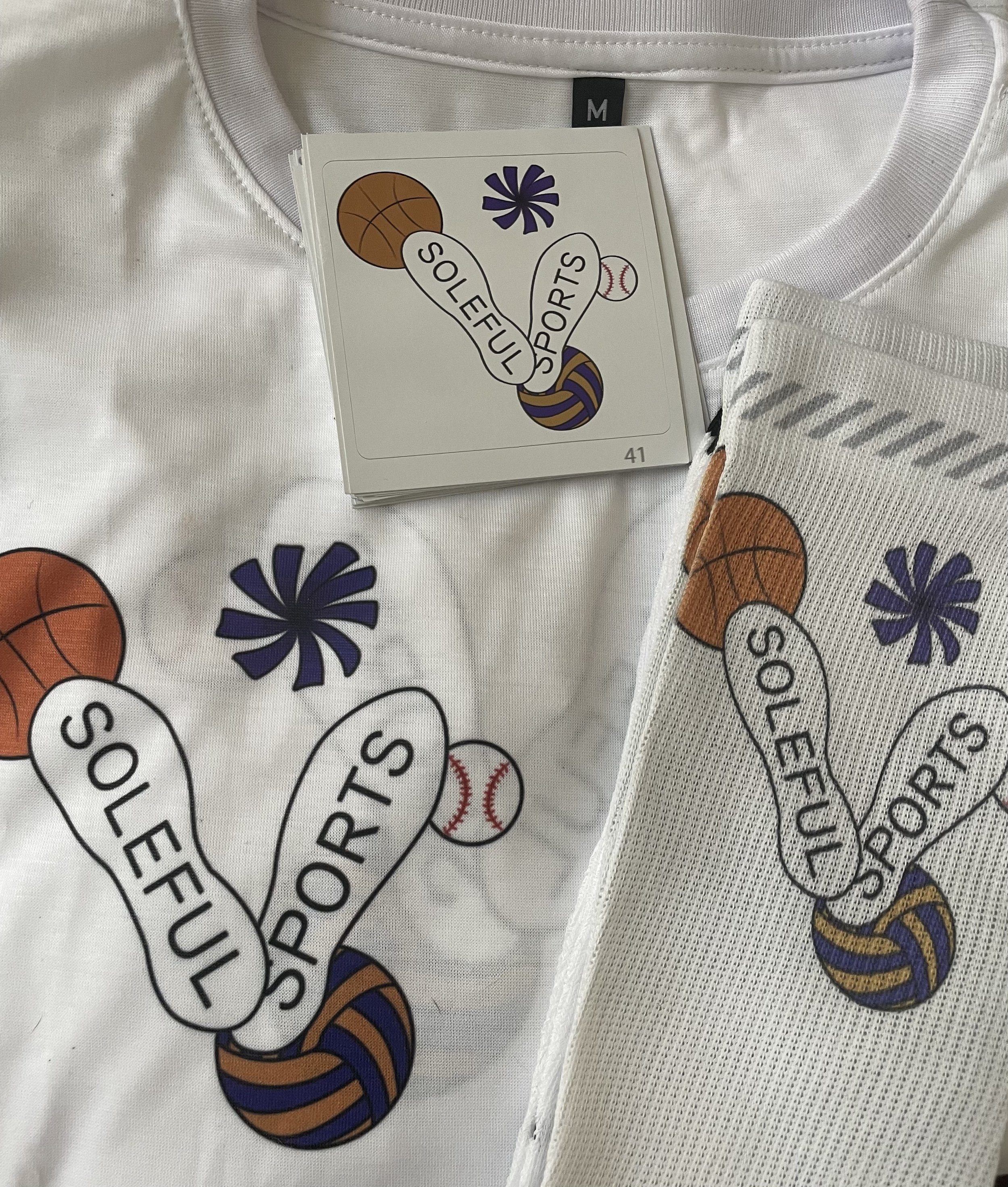
March 1, 2024
We are excited to start a partnership with Mendota Community Schools to help provide athletic shoes for their programs. Here is the first delivery of youth baseball cleats!
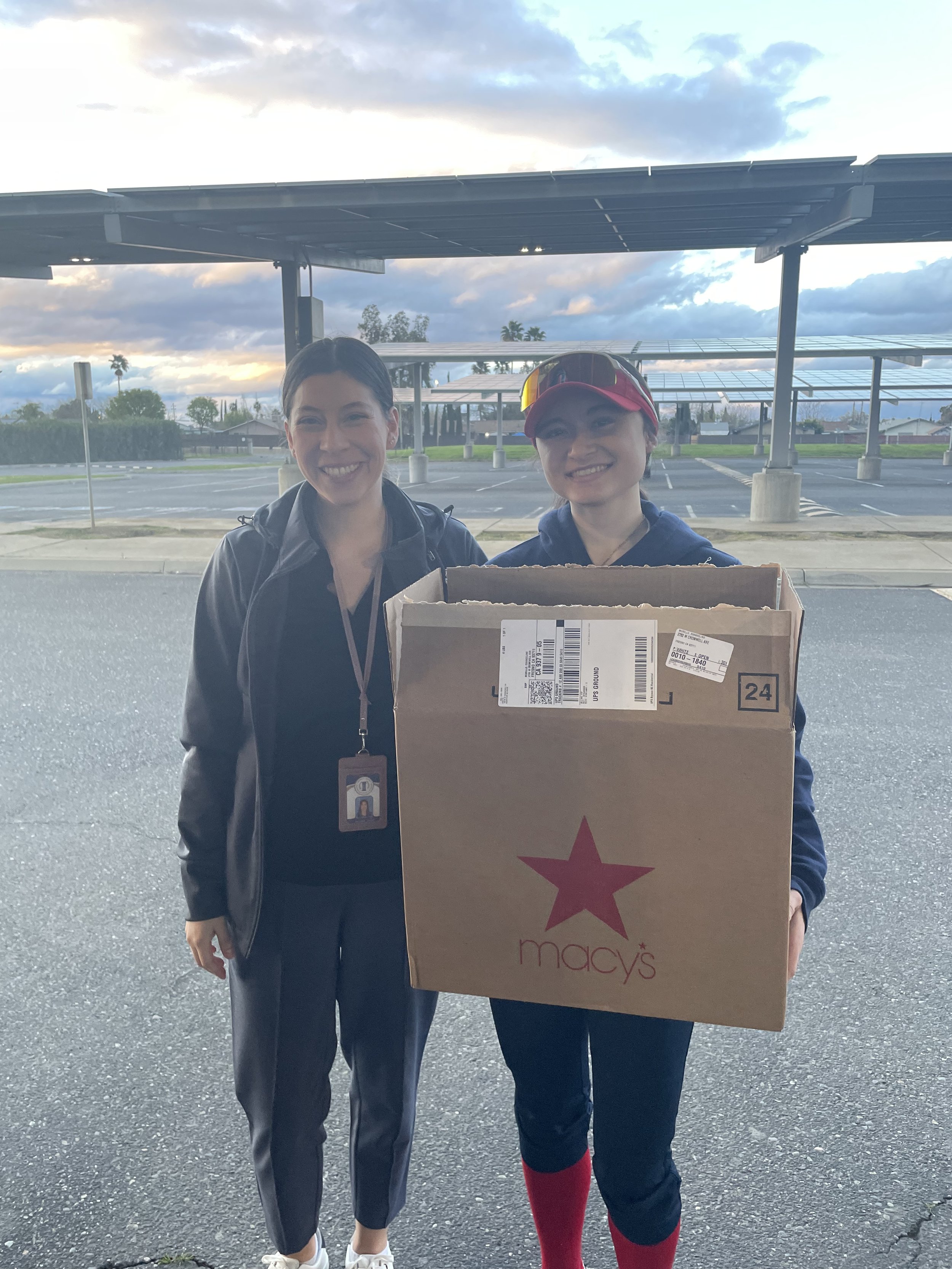
March 20, 2023
Spring sports are here!! We are so happy to donate track cleats to Yosemite Middle School today. Good luck to your youth athletes and go Bears!
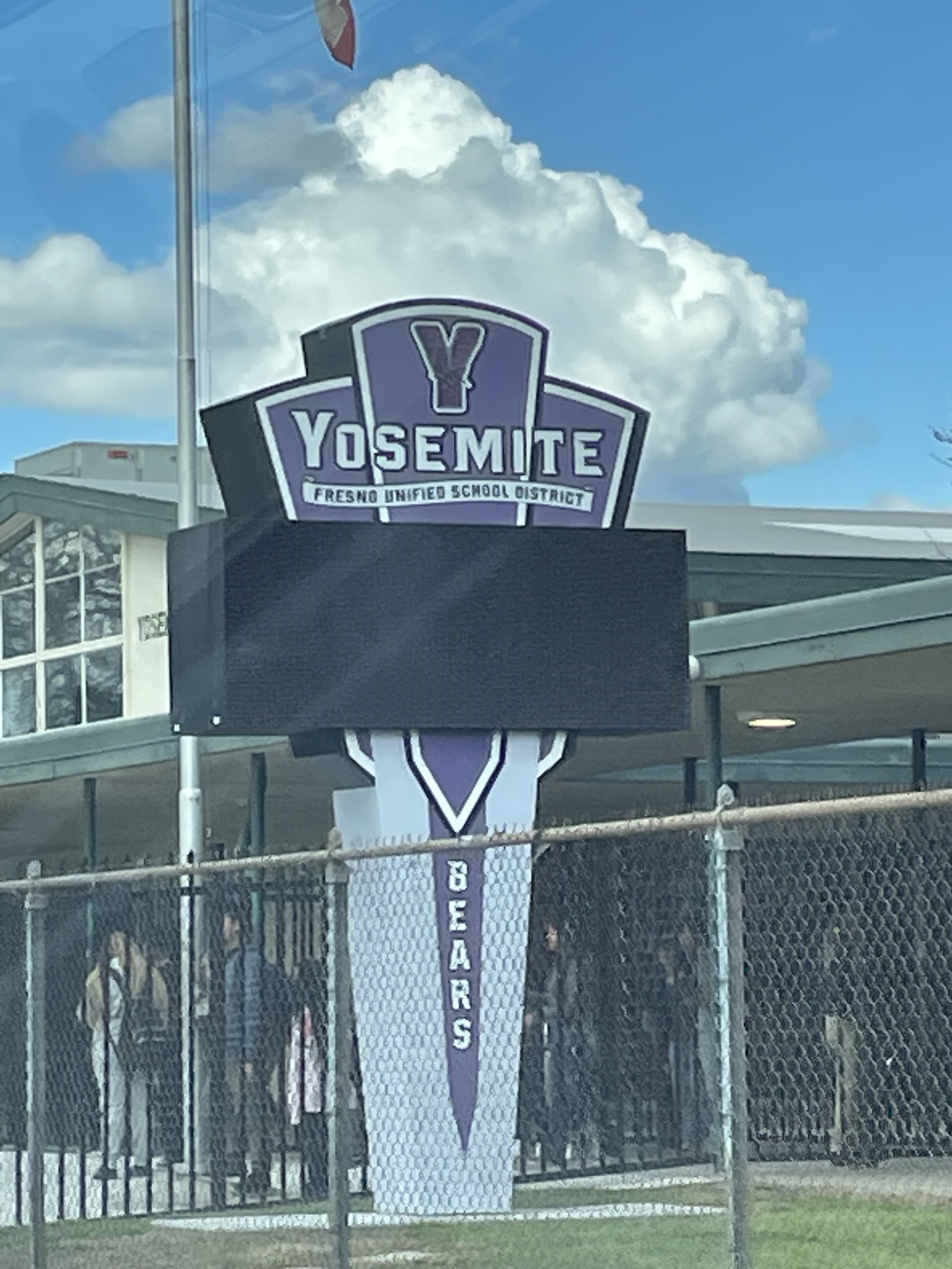
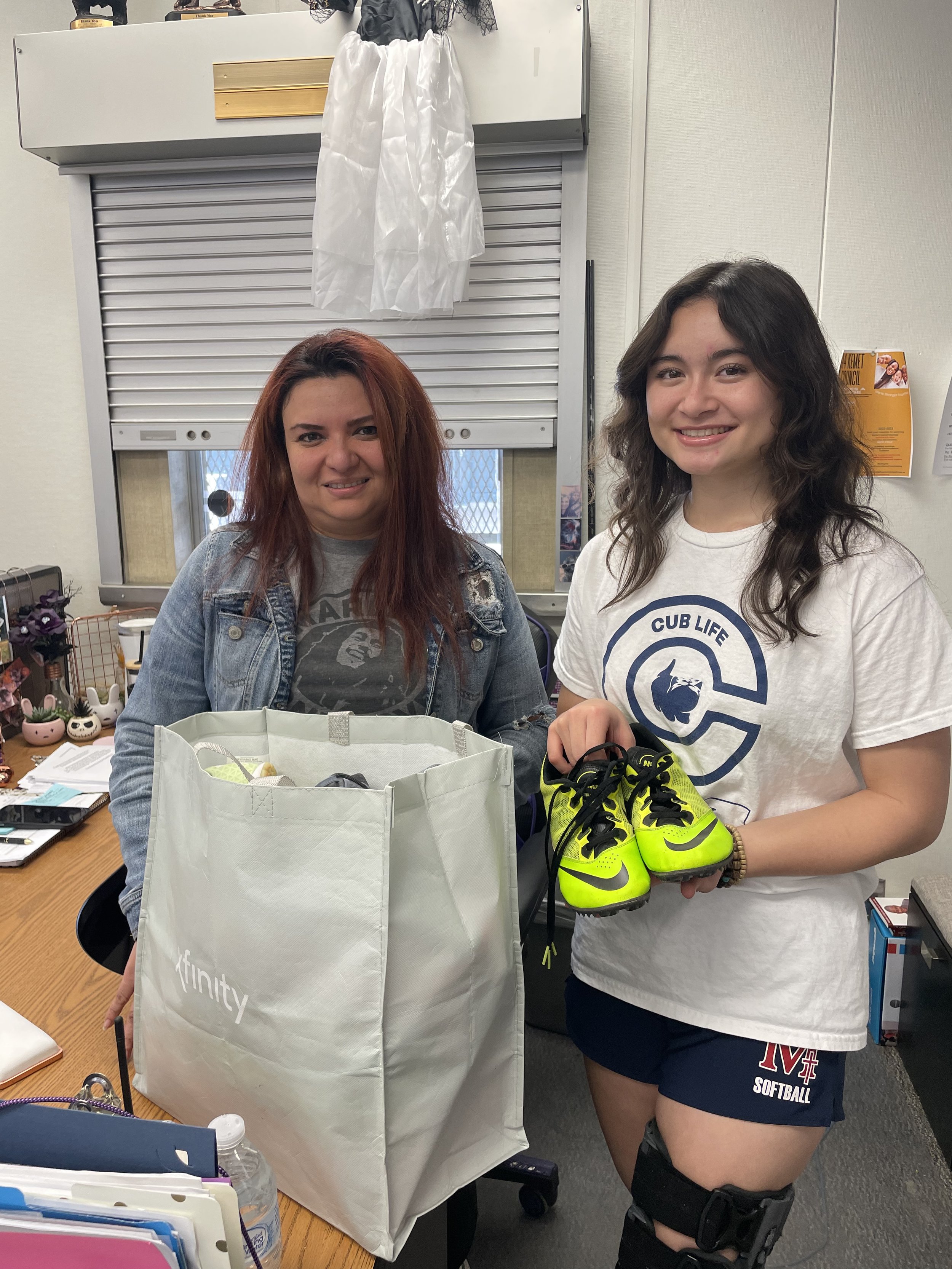
March 3, 2023
Thank you Edison Bethune Charter for the opportunity to visit your school and deliver baseball cleats to your athletes. Go Wildcats!
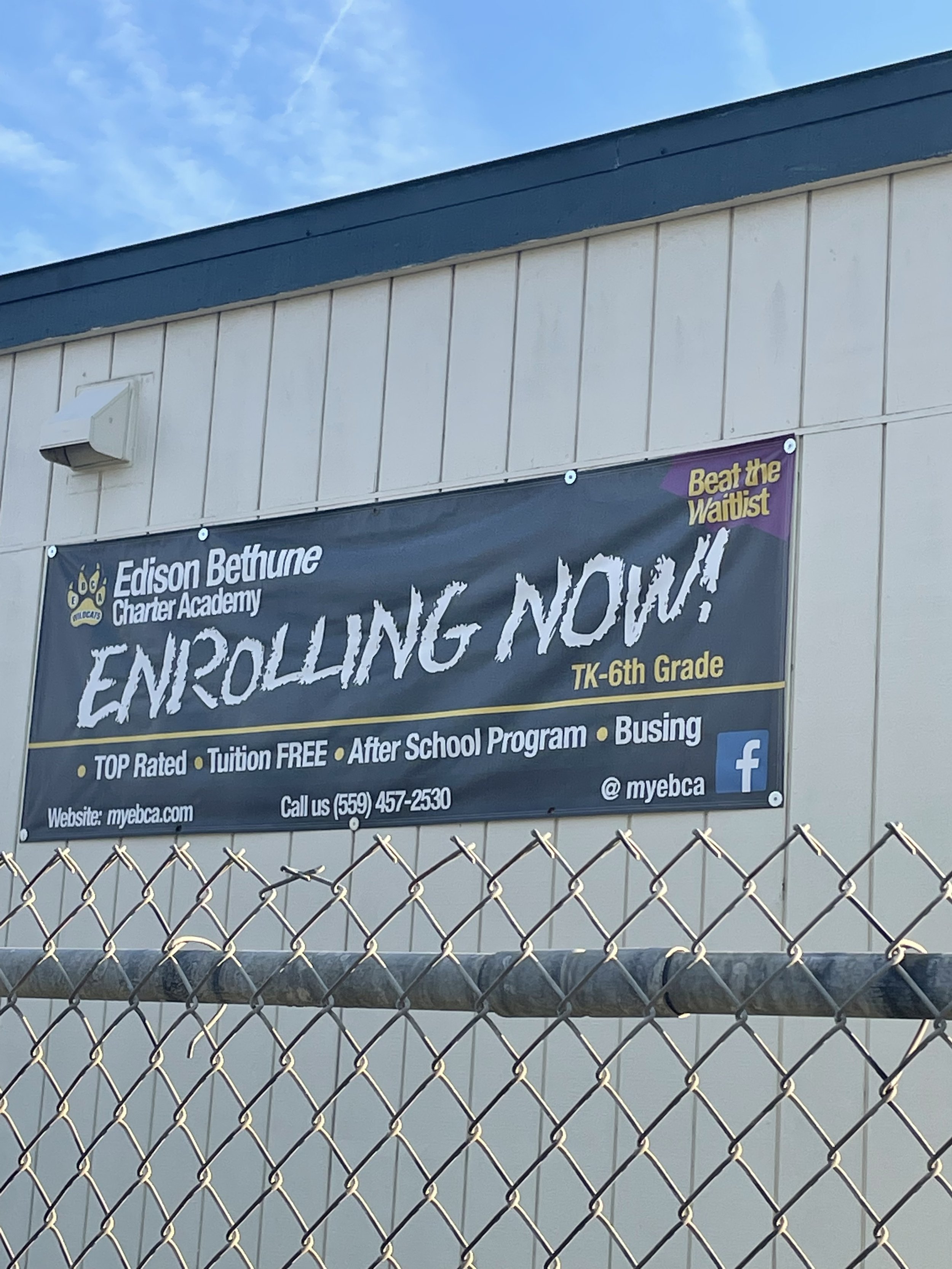
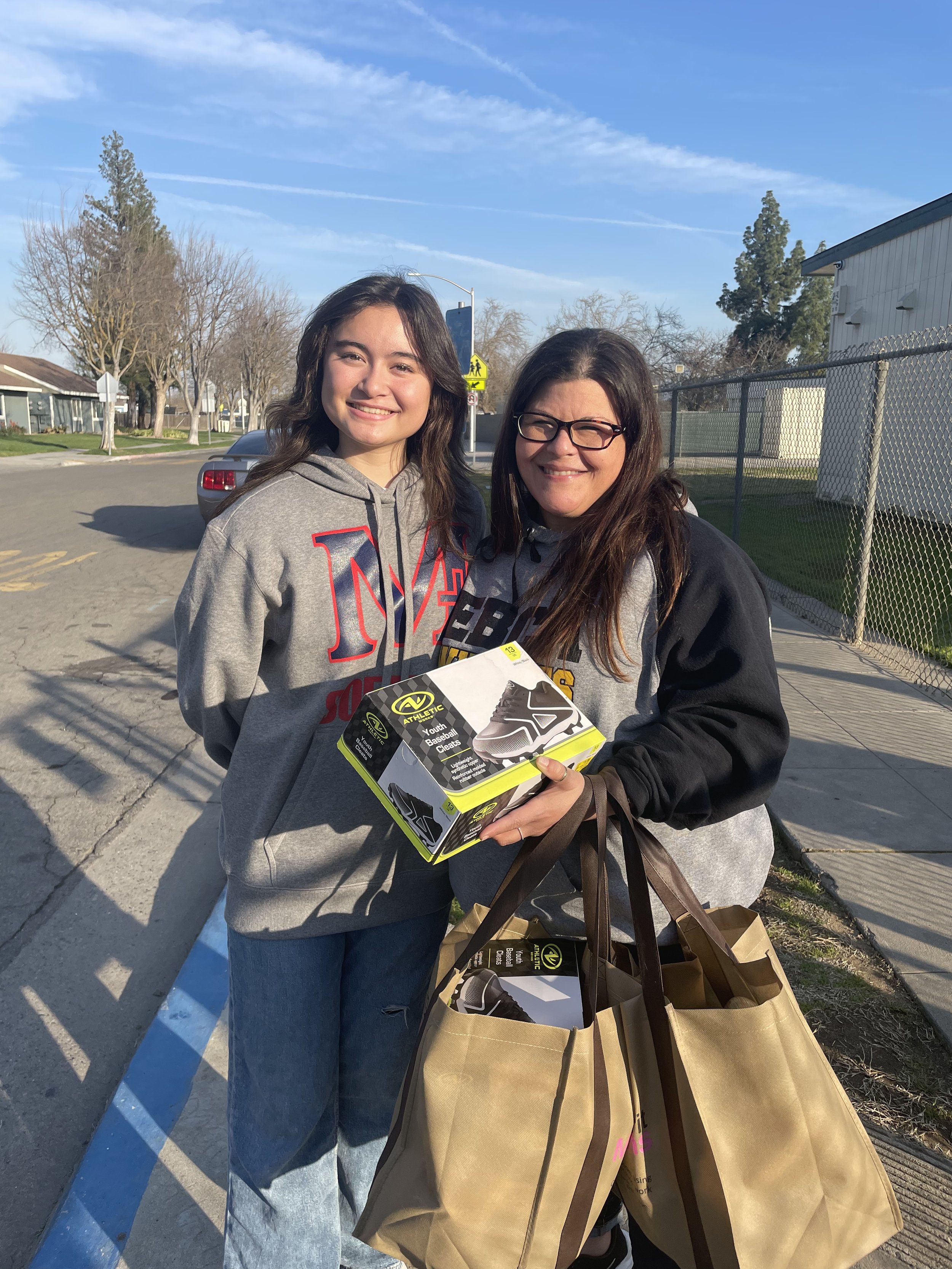
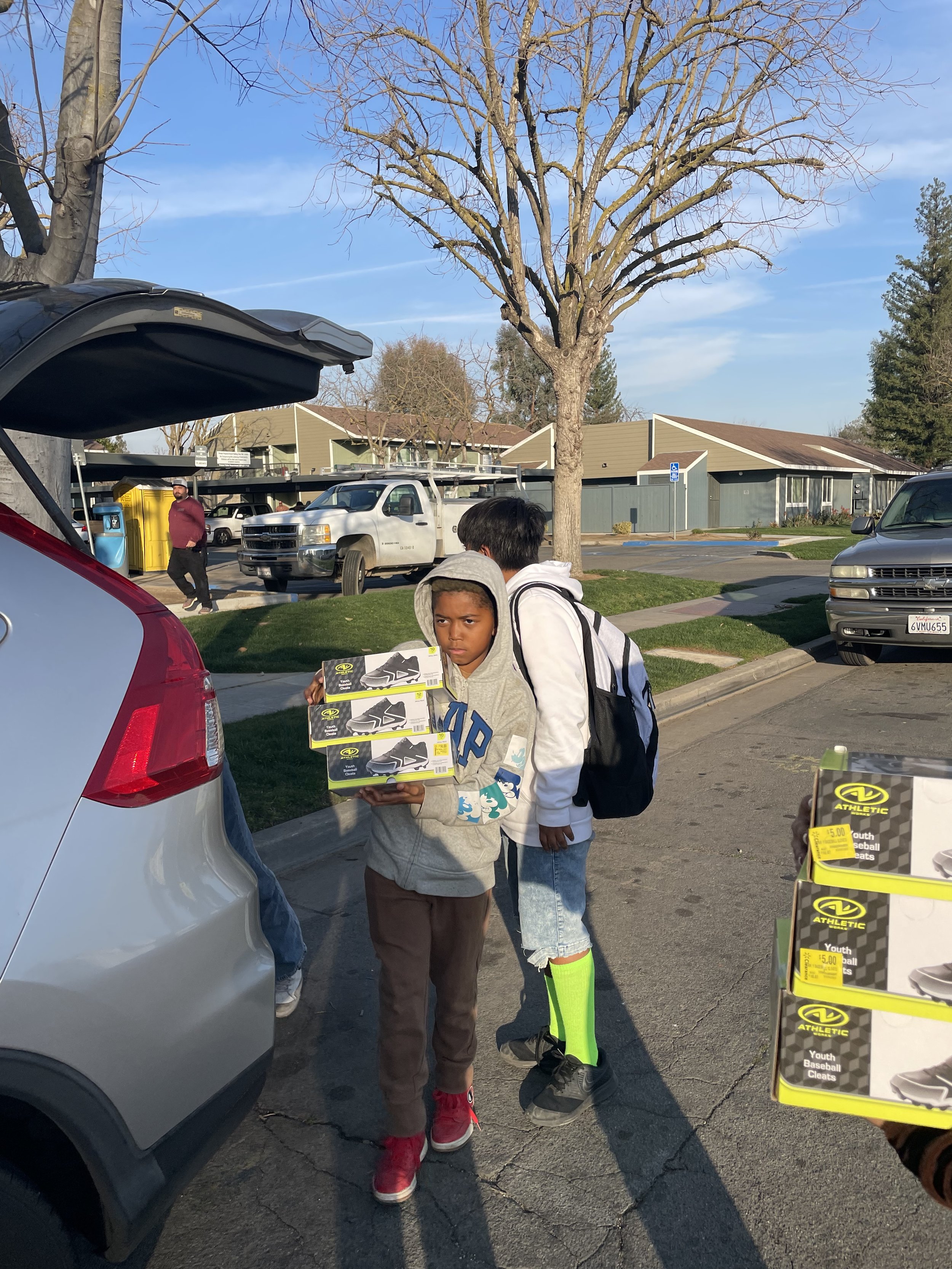
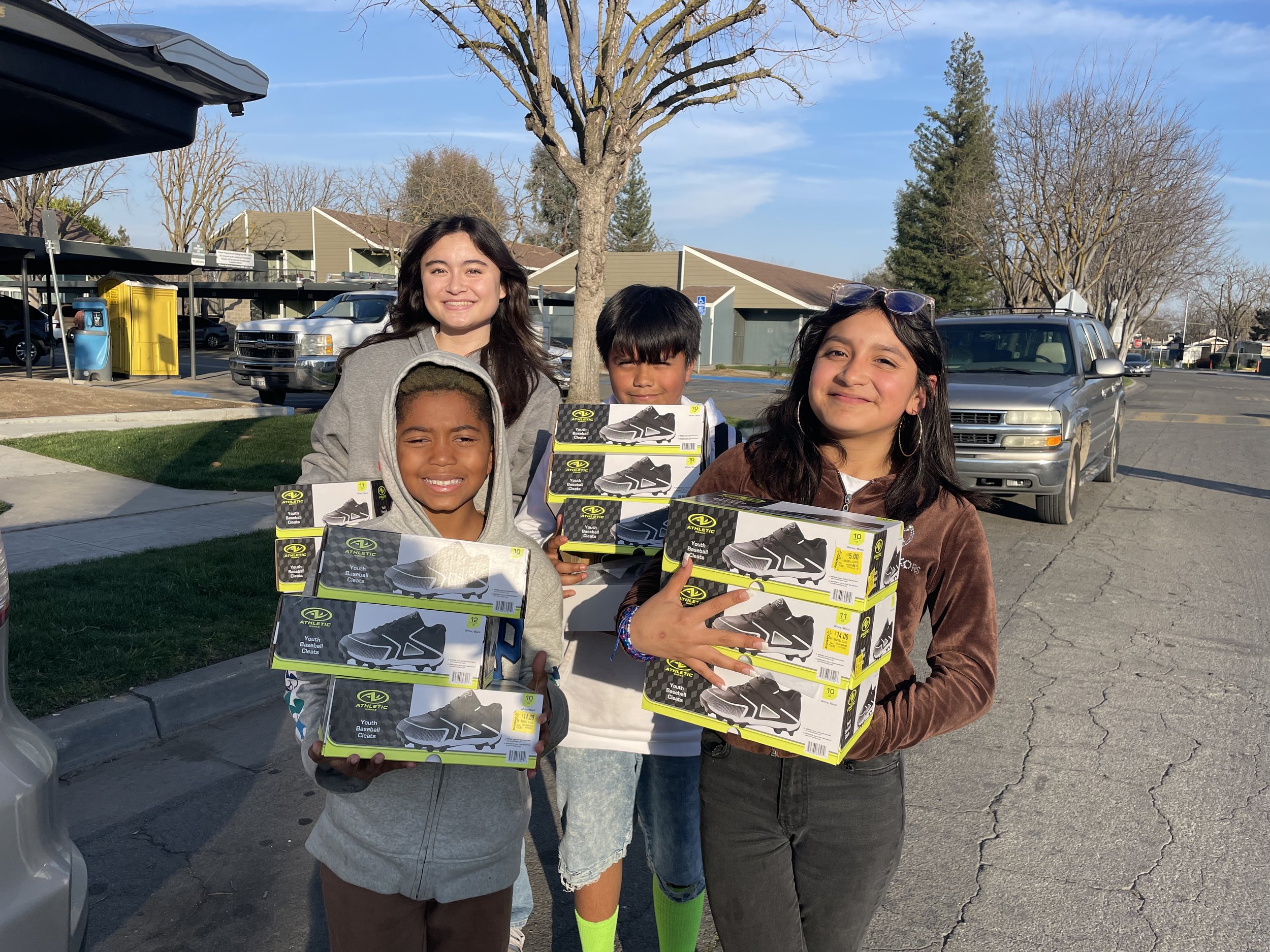

January 27, 2023
Today we went to Walmart where we saw some baseball cleats on clearance. My dad talked to the manager and told them about Soleful Sports and gave us 13 pairs of youth baseball cleats! Thank you for supporting our Central Valley athletes!
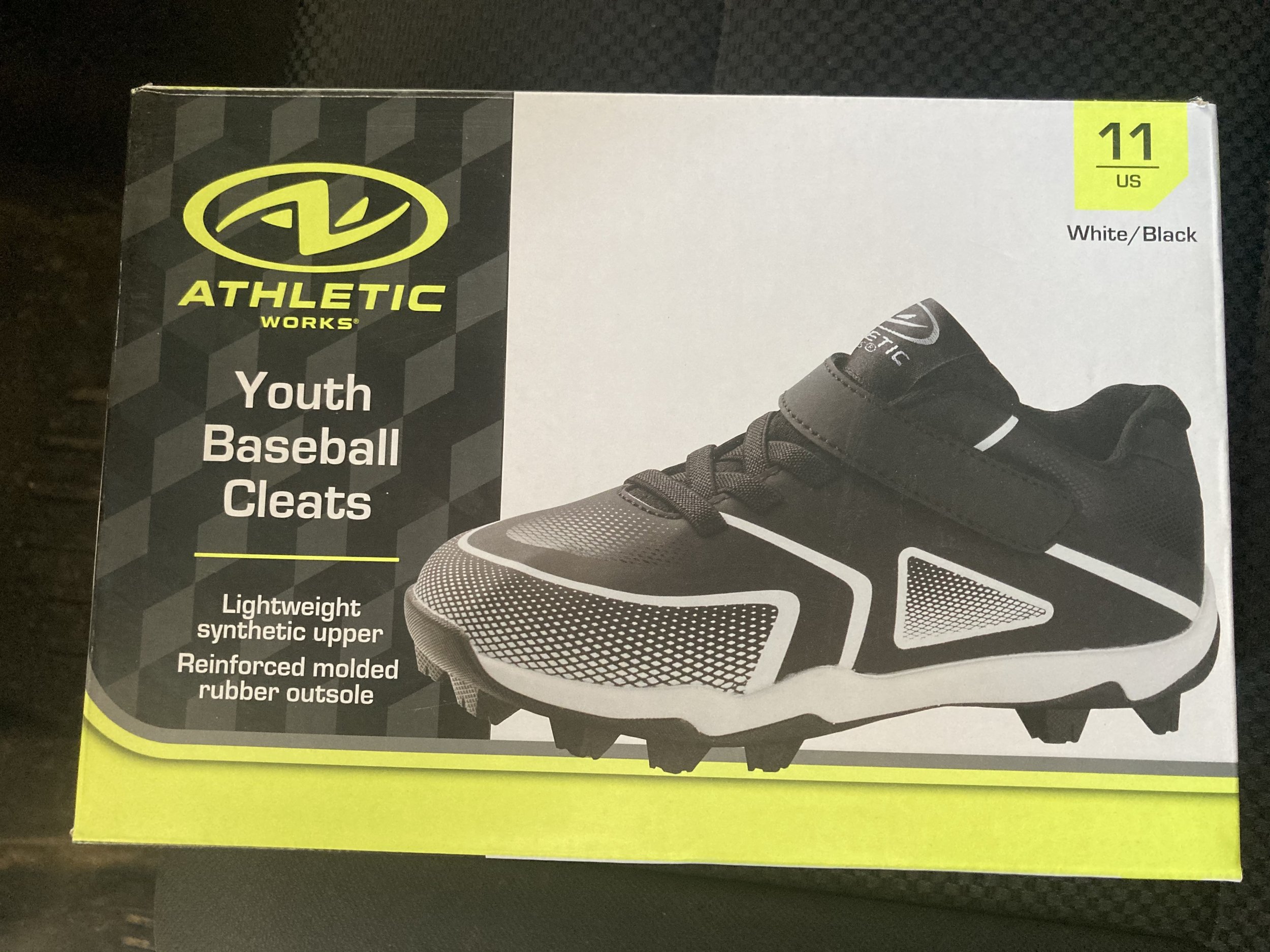
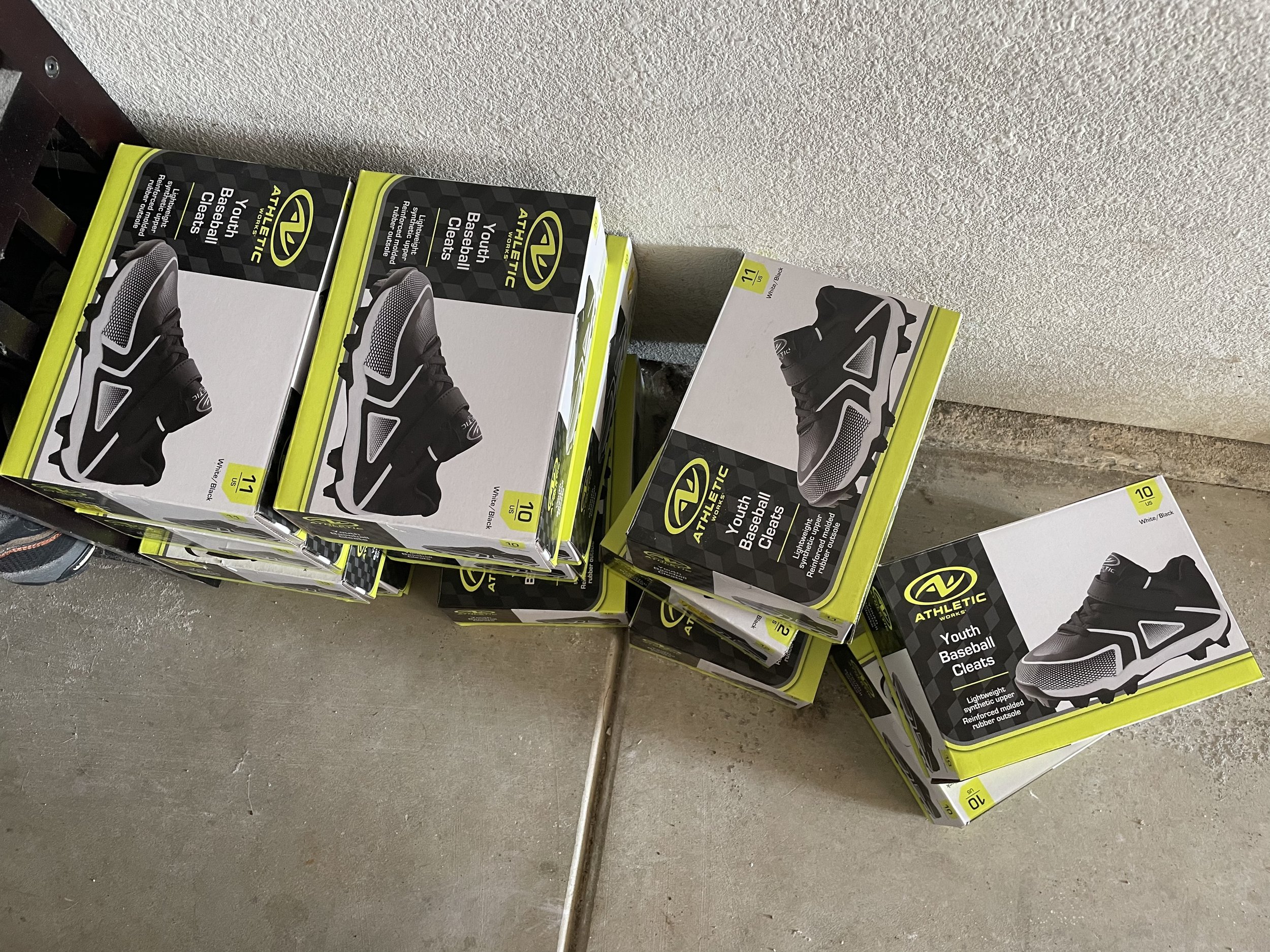
January 19, 2023
We were happy to make a delivery to Mendota Junior High School today! We hope you are able to use the soccer cleats and wrestling shoes for your athletes!

December 21, 2022
Thank you to the Fresno County Superintendent of Schools @FresnoCOSS Department of Safe and Healthy Kida and St. Anthony of Padua School @stanthonysschoolfresno for the donations. We can’t wait to deliver them to youth athletes in the Central Valley!
